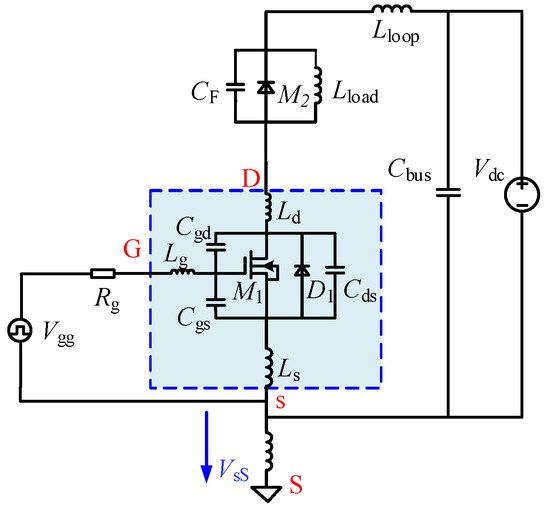MOSFET Switching Transient Analysis – A Must-Know for Indian Makers

When using MOSFETs in your circuit—especially in switching applications like SMPS or motor drivers—switching transients can cause unexpected spikes, ringing, or even damage. Understanding and managing these fast voltage/current changes is key to a reliable design.
🔧 The Problem: Voltage Spikes During Switching
During fast switching, especially in inductive loads, the drain voltage can spike due to parasitic inductance and rapid current changes (di/dt). This can exceed the MOSFET’s rated voltage, leading to failure or erratic behavior.
✅ The Solution : Snubber Circuit + Gate Resistor
You can tame transients using a RC snubber across the MOSFET or a flyback diode for inductive loads. A small-value gate resistor (e.g., 10–100Ω) slows down the switching slightly and helps suppress ringing.
🔍 Practical Example: Controlling a DC Motor
Imagine switching a 12V DC motor using an IRF540N MOSFET. On switching off, a 40V spike appears across the drain. Adding a 100Ω + 100nF snubber across drain-source and a 22Ω gate resistor smooths the waveform and keeps the MOSFET safe.
🧮 Sample Calculation: Snubber Resistor
Choose R ≈ √(L/C) for critically damped response.
If L ≈ 10µH, C = 100nF → R ≈ √(10e-6 / 100e-9) ≈ 10Ω
🛒 Product Suggestion: Made in India Components
⚙️ Shop MOSFETs
🔧 [Shop resistors]
Shop now at SmartXProKits.in
Support our work and India’s innovation—buy from our Make in India site!



















